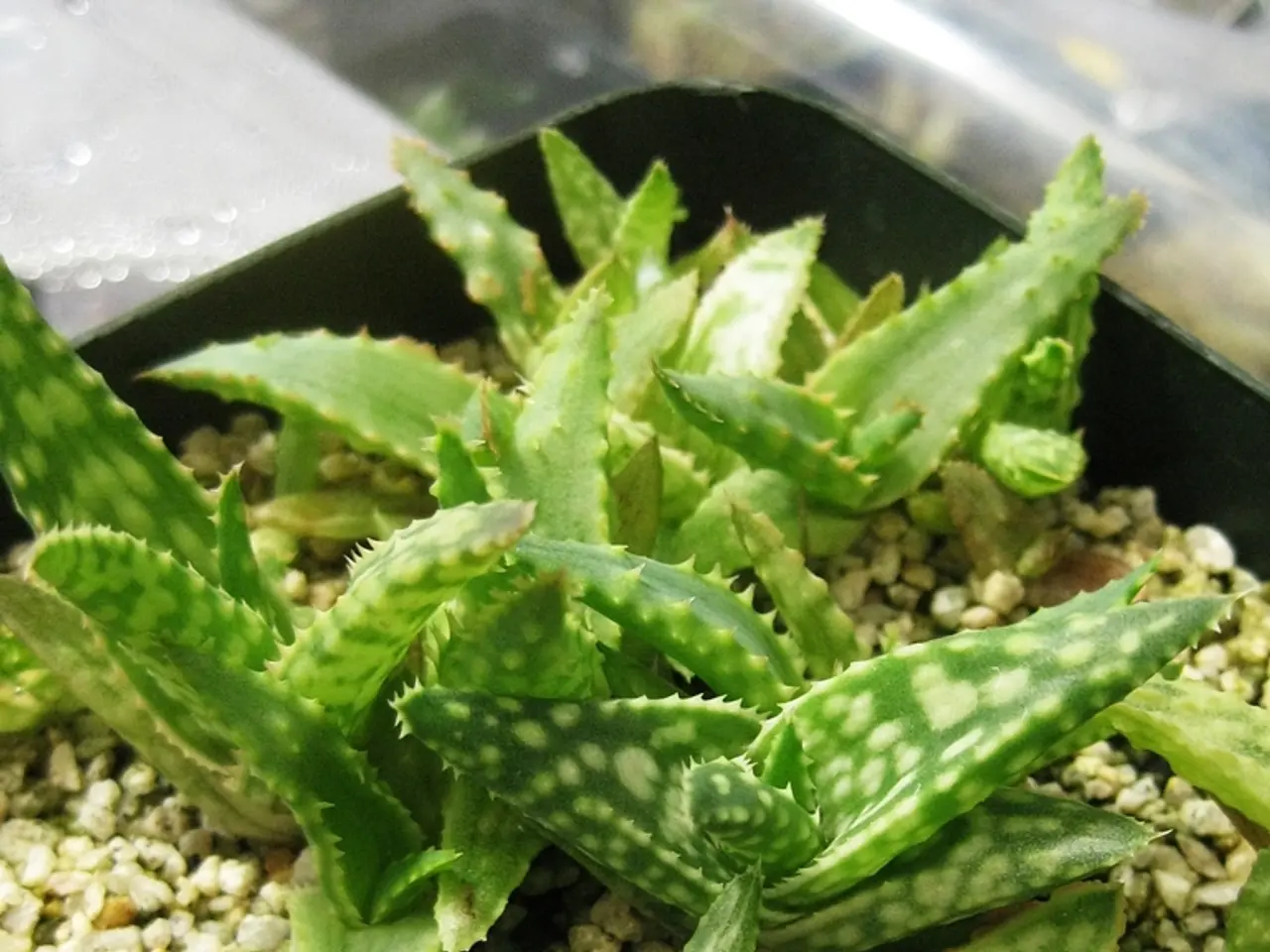Plants commonly found within houses are capable of eliminating nearly 87% of harmful air pollutants within a single day, as disclosed by NASA.
In an effort to create a healthier living environment, NASA has endorsed several houseplants as efficient toxin removers for indoor spaces. These natural air purifiers not only improve the quality of the air we breathe but also offer a host of other benefits.
The top 7 NASA-approved houseplants are:
- Spider Plant (Chlorophytum comosum) - Removes pollutants such as formaldehyde and carbon monoxide, and absorbs mold and allergens. It's hardy and low maintenance.
- Snake Plant (Sansevieria trifasciata) - Unique for producing oxygen at night, it filters indoor air and removes toxins like benzene, formaldehyde, xylene, and trichloroethylene.
- Peace Lily (Spathiphyllum) - Known for filtering out common indoor toxins, including formaldehyde, benzene, and ammonia.
- Aloe Vera (Aloe barbadensis miller) - Besides air purification, it has medicinal benefits such as soothing skin burns. It removes formaldehyde and benzene from the air.
- Boston Fern (Nephrolepis exaltata) - Excellent at removing indoor air pollutants and adding humidity, useful especially in dry environments.
- English Ivy (Hedera helix) - Certified by NASA to significantly reduce airborne mold and formaldehyde, improving air quality and allergy symptoms.
- Rubber Plant (Ficus elastica) - Effective at removing toxins like formaldehyde and adding oxygen to the indoor air.
Other notable plants endorsed by NASA include the Areca Palm and Golden Pothos (Devil’s Ivy).
These plants offer numerous benefits, such as:
- Toxin removal: They absorb harmful volatile organic compounds (VOCs) like formaldehyde, benzene, xylene, toluene, and trichloroethylene from indoor air.
- Improved air humidity: Plants like Boston Fern and Areca Palm add moisture, which can reduce dryness in conditioned homes.
- Allergy reduction: By reducing airborne mold and dust, plants like Spider Plant and English Ivy help alleviate allergy symptoms.
- Oxygen production: Snake Plant produces oxygen at night, promoting better air quality during sleep.
- Mental and physical health: Some plants can boost mood, reduce stress, and may improve indoor energy, contributing to overall well-being.
Many of these plants, such as Spider Plant, Areca Palm, and Boston Fern, are also pet safe, making them suitable for homes with furry friends.
Peace Lily, in particular, absorbs mold spores that grow in homes and circulates them to the roots to be used as food. Eucalyptus leaves have tannins that increase healthy fluids inside the body's air passages.
By using these houseplants, concentration and productivity can increase as we breathe in toxin-free air. Furthermore, following NASA's suggestions contributes to creating a healthy environment and benefits Mother Nature. However, the selection of plants for indoor use requires investment of time and research for optimal results.
English Ivy, for example, has the ability to remove airborne faecal matter from indoor spaces. Spider Plant can absorb minute traces of formaldehyde and CO2 in addition to mold and allergens. English Ivy absorbs formaldehyde from cleaning products, carpentry treatments, furniture, etc.
In summary, NASA-approved houseplants like Spider Plant, Snake Plant, Peace Lily, Aloe Vera, Boston Fern, English Ivy, and Rubber Plant are proven natural air purifiers that offer practical health and environmental benefits indoors.
- The spider plant, a NASA-approved houseplant, efficiently removes pollutants like formaldehyde, carbon monoxide, mold, and allergens.
- Besides air purification, aloe vera, another NASA endorsed plant, has medicinal properties and removes formaldehyde and benzene from indoor air.
- The peace lily, known for filtering indoor toxins, can absorb mold spores and improve air quality in living spaces.
- The snake plant not only produces oxygen at night but also filters indoor air and removes toxins like benzene, formaldehyde, xylene, and trichloroethylene.
- Due to its ability to remove airborne formaldehyde from cleaning products, furniture, and carpentry treatments, English Ivy is another beneficial NASA-approved indoor plant.





